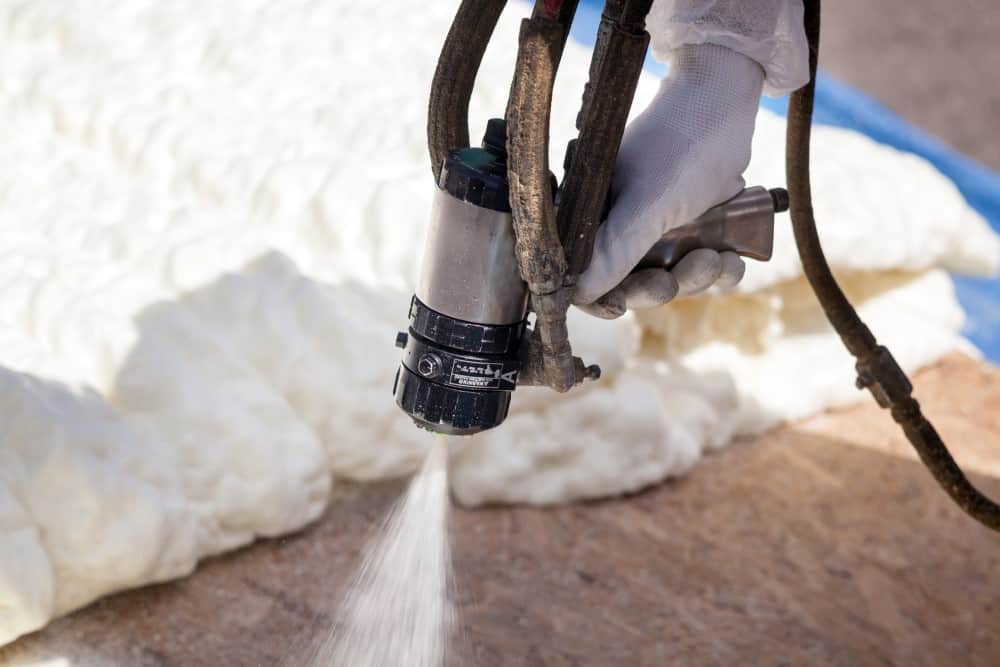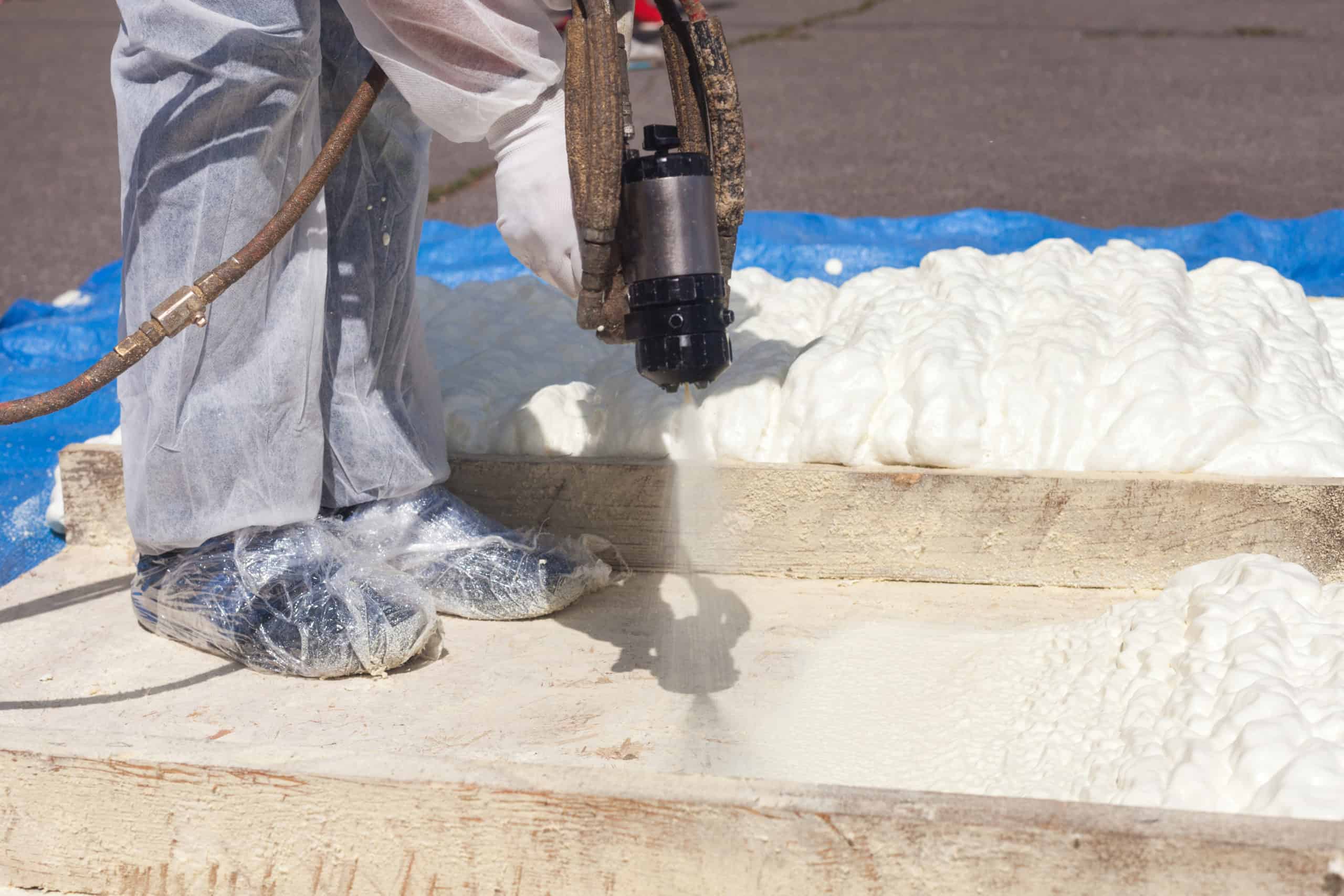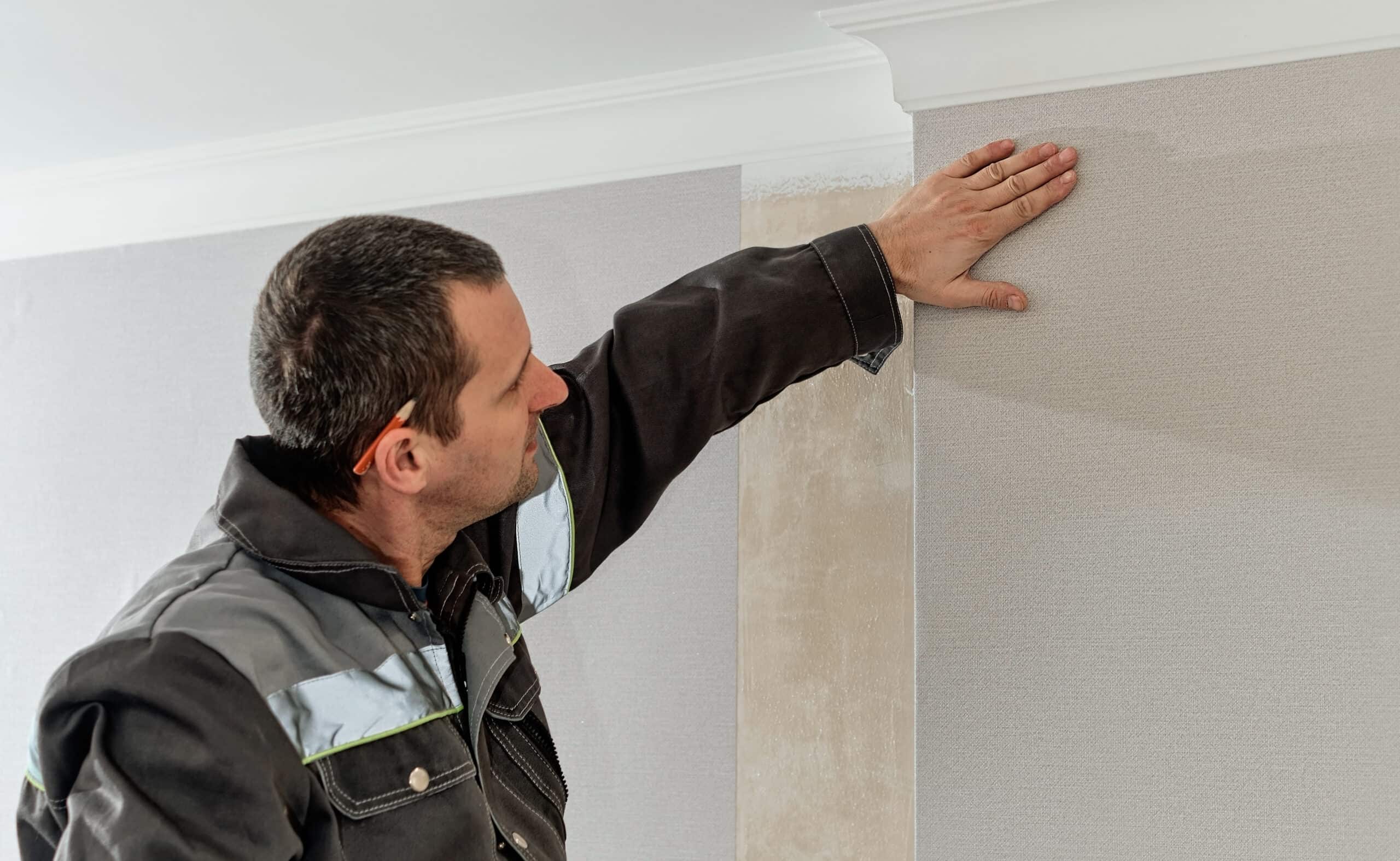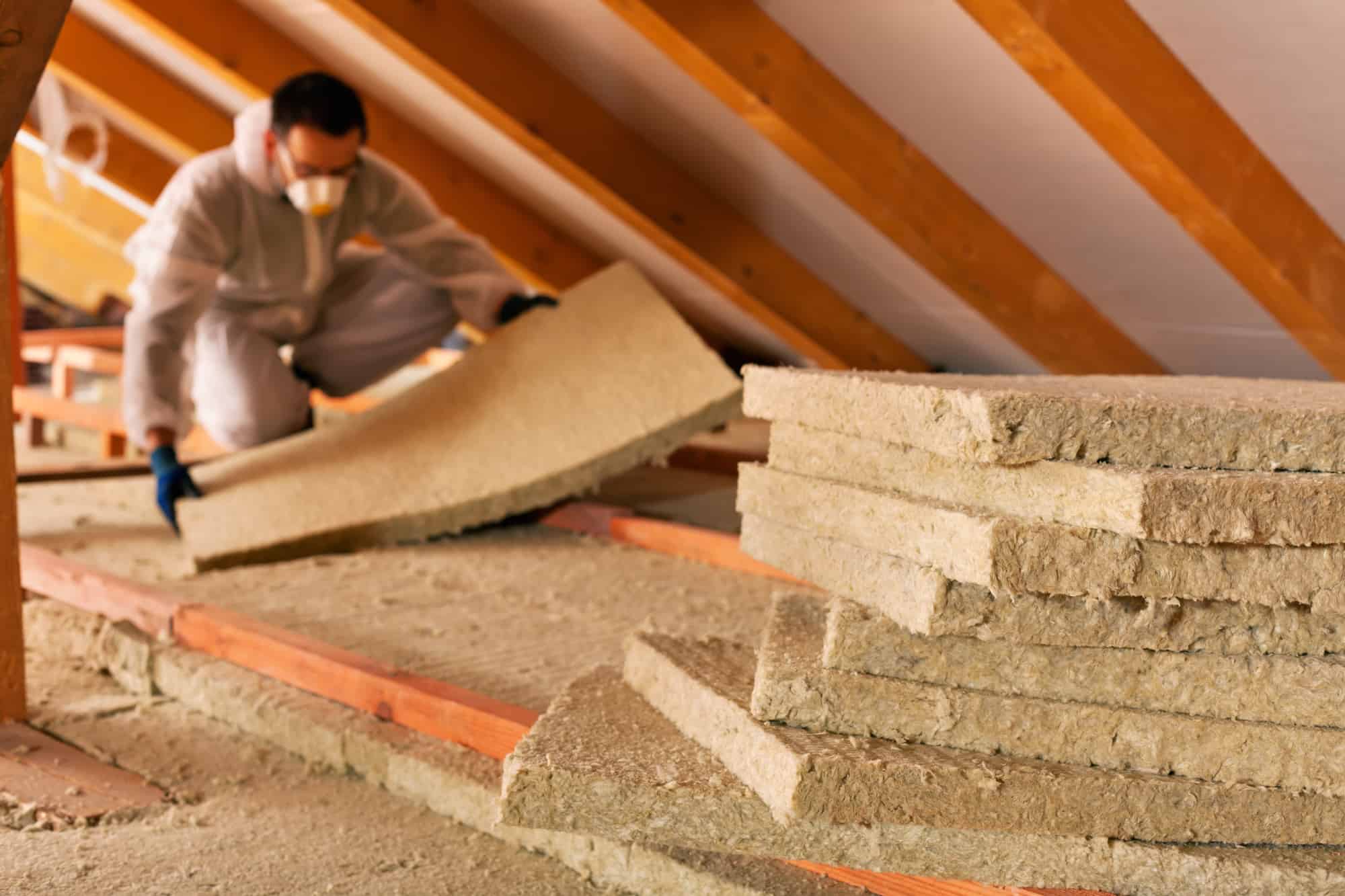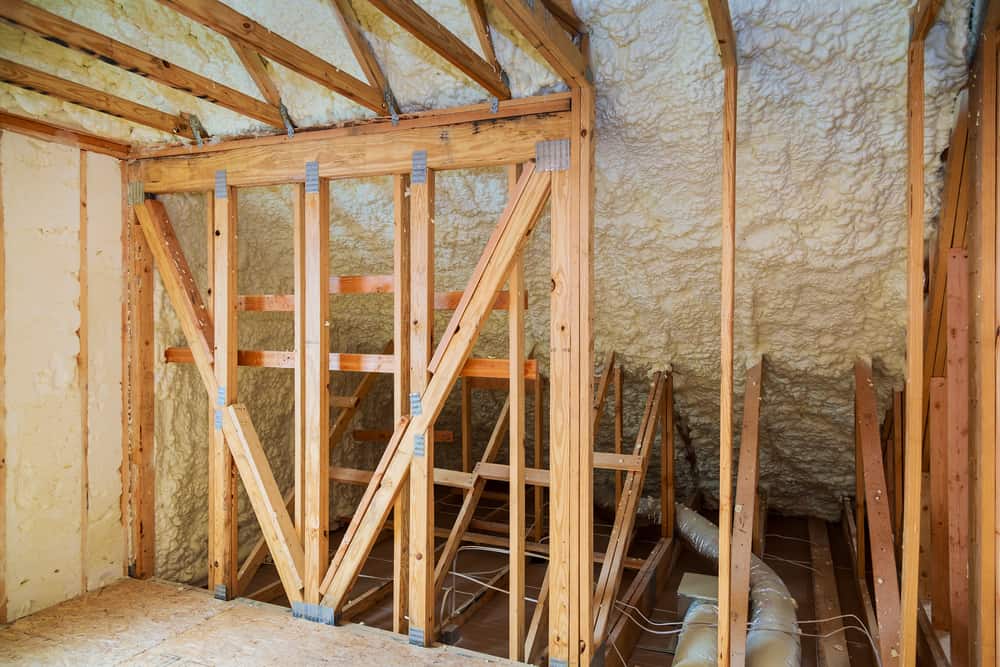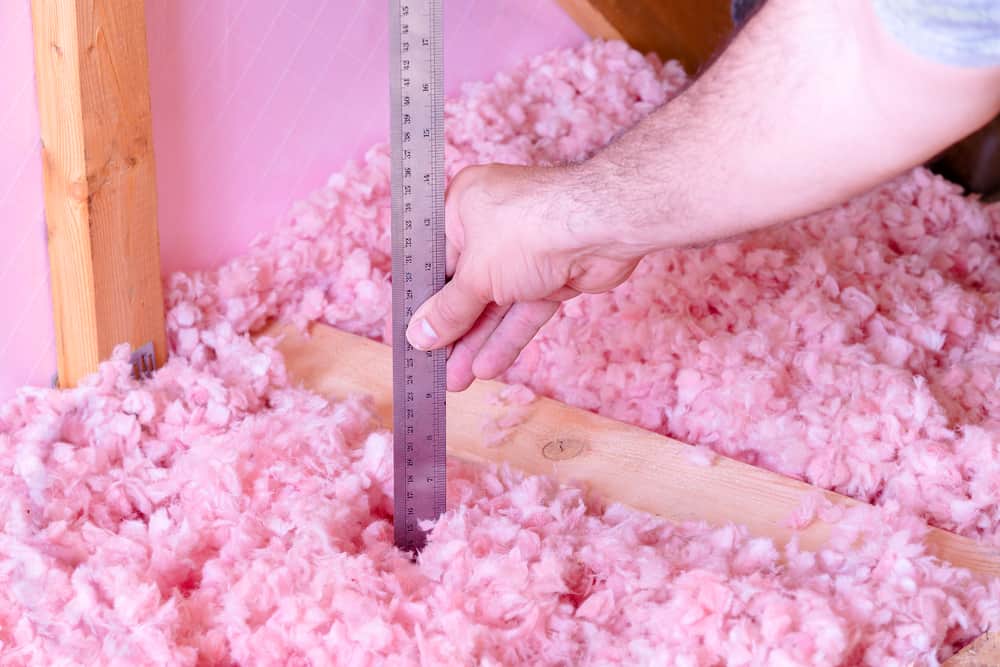Does Spray Foam Insulation Work for Soundproofing?
In our bustling world filled with constant noise, finding a moment of tranquility can often feel like a distant dream. Whether it’s the clamor of traffic, the echoes of neighbors, or the persistent hum of appliances, unwanted noise can disrupt our peace and hinder our ability to relax or focus. It’s no wonder that many homeowners and businesses are seeking effective solutions from a Houston attic insulation company to soundproof their spaces.
One popular method that has been gaining traction in recent years is spray foam insulation. While primarily known for its remarkable thermal insulation properties, spray foam insulation has been touted as a potential solution for soundproofing as well. But does it live up to the hype? Can spray foam truly provide the quiet haven we crave?
Let’s delve deep into the realm of soundproofing and explore whether spray foam insulation is a reliable contender in the battle against noise pollution.
Understanding Spray Foam Insulation
Spray foam insulation consists of two main components: polyol resin and isocyanate. When these two components are mixed together, they undergo a chemical reaction and expand rapidly, forming a foam that adheres to the surfaces it is sprayed onto. This prevents the transfer of heat, cold, and noise between the interior and exterior of a structure.
Types of Spray Foam Insulation
Open-cell spray foam: This type of foam is lighter and less dense. Open-cell foam is typically used in interior applications, such as walls, ceilings, and floors.
Closed-cell spray foam: Closed-cell foam is denser and more rigid than open-cell foam. It has a closed-cell structure that provides a higher insulation value and acts as a moisture barrier. Closed-cell foam is often used in exterior applications, such as roofing, basements, and crawl spaces.
The Soundproofing Mechanism of Spray Foam Insulation
While spray foam insulation is primarily designed for thermal insulation, it does offer some soundproofing benefits. Sound travels through vibrations, and spray foam insulation can help dampen these vibrations by absorbing and reducing sound energy. The dense composition of the foam acts as a barrier, preventing sound waves from easily passing through.
Benefits of Spray Foam Insulation for Soundproofing
Spray foam insulation is an excellent material for reducing airborne sound transmission. It effectively absorbs sound waves and reduces their intensity, minimizing the amount of noise that travels through walls, floors, and ceilings. This can be particularly beneficial in environments where noise control is essential, such as recording studios, theaters, offices, or homes located near busy streets or airports.
By expanding and filling gaps, cracks, and cavities, it forms a continuous barrier that blocks the passage of air. This air-sealing property also helps in reducing sound transmission, as sound waves often travel through air leaks. By minimizing these leaks, spray foam insulation prevents sound from entering or escaping the insulated area.
Spray foam insulation possesses excellent sound absorption qualities. The foam’s cellular structure is designed to trap and dissipate sound energy. When sound waves penetrate the foam, they encounter the numerous interconnected air pockets within the material. This interaction causes the sound energy to convert into heat energy, thereby reducing the sound’s intensity and preventing its transmission to adjacent spaces.
Spray foam insulation can be applied to various surfaces, including walls, ceilings, floors, and even irregularly shaped areas. The foam expands and adheres to the applied surface, filling all the gaps and voids, resulting in a seamless insulation layer. This versatility allows for comprehensive soundproofing, ensuring that sound doesn’t find easy pathways to travel through.
- Thermal Insulation Benefits
While not directly related to soundproofing, it’s worth mentioning that spray foam insulation offers excellent thermal insulation properties. Creating an effective thermal barrier helps regulate indoor temperatures, reduces energy consumption, and enhances overall comfort. This added thermal insulation can indirectly contribute to soundproofing by minimizing the transmission of sound through temperature-sensitive materials, such as drywall.
Spray foam insulation is a durable material that maintains its acoustic properties over time. It doesn’t sag, settle, or deteriorate, ensuring consistent soundproofing performance. Unlike traditional insulation materials like fiberglass or cellulose, spray foam insulation retains its effectiveness without the need for frequent replacements or maintenance.
Spray foam insulation is resistant to moisture, preventing the growth of mold and mildew. Moisture can be a significant source of noise, as it can amplify sound transmission through materials like drywall. By providing moisture resistance, spray foam insulation helps in reducing sound transmission caused by damp conditions.
Limitations of Spray Foam Insulation for Soundproofing
Soundproofing is often achieved by incorporating materials with high mass or density, as they can effectively block sound transmission. While spray foam insulation has excellent thermal insulation properties, it may not provide enough mass to adequately block sound. Sound waves can easily pass through the lightweight foam, limiting its soundproofing capabilities.
Spray foam insulation is typically applied as a liquid that expands and solidifies to fill gaps and crevices. However, achieving complete coverage in every nook and cranny of a space can be challenging. If there are any gaps or areas where the foam does not fully expand, sound waves can find paths through these openings, reducing the overall effectiveness of the insulation for soundproofing.
- Airborne Sound Transmission
Spray foam insulation is not specifically designed to address airborne sound transmission, which refers to sound waves traveling through the air. While it can help to reduce some airborne noise, it may not be as effective as other soundproofing materials that are specifically engineered to block sound transmission.
- Impact Noise Transmission
Impact noise, such as footsteps or the movement of furniture, can be a significant source of noise in homes. Unfortunately, spray foam insulation may not effectively minimize impact noise transmission. The foam’s lightweight and flexible nature may not provide sufficient isolation or damping to prevent the transfer of vibrations caused by impact noises.
Sound can travel through indirect routes known as flanking paths, bypassing the insulated areas. These paths include gaps around doors, windows, electrical outlets, and other openings. Spray foam insulation alone may not be able to seal these flanking paths adequately, allowing sound to penetrate through these areas.
The thickness of spray foam insulation can also impact its soundproofing capabilities. Thicker layers of insulation generally provide better soundproofing performance, but increasing the foam’s thickness significantly may not always be practical or cost-effective.
Spray foam insulation can be relatively expensive compared to other soundproofing materials. If soundproofing is the primary goal, alternative materials specifically designed for soundproofing, such as mass-loaded vinyl or acoustic panels, may offer better value for the money.
Looking for a way to make your home or business more comfortable? Look no further than First Defense Insulation. Our team of experts has been providing spray foam services in Houston and Dallas for over 35 years, offering trusted services in all types of insulation. Whether you need attic insulation or spray foam, we’ve got you covered. Our creative approach to insulation ensures that your space will be comfortable and energy-efficient for years to come. So why wait? Take the first step towards a more comfortable home or business today with First Defense Insulation.
Click here – https://fdinsulation.com/attic-insulation/spray-foam/ for the best results.
Name, Address and Phone
- First Defense Insulation
- 12 Greenway Plaza Suite 1147 Houston Texas 77046
- 713-808-9853
Follow us on social media:
First Defense Insulation
Instagram (@firstdefenseinsulation)
